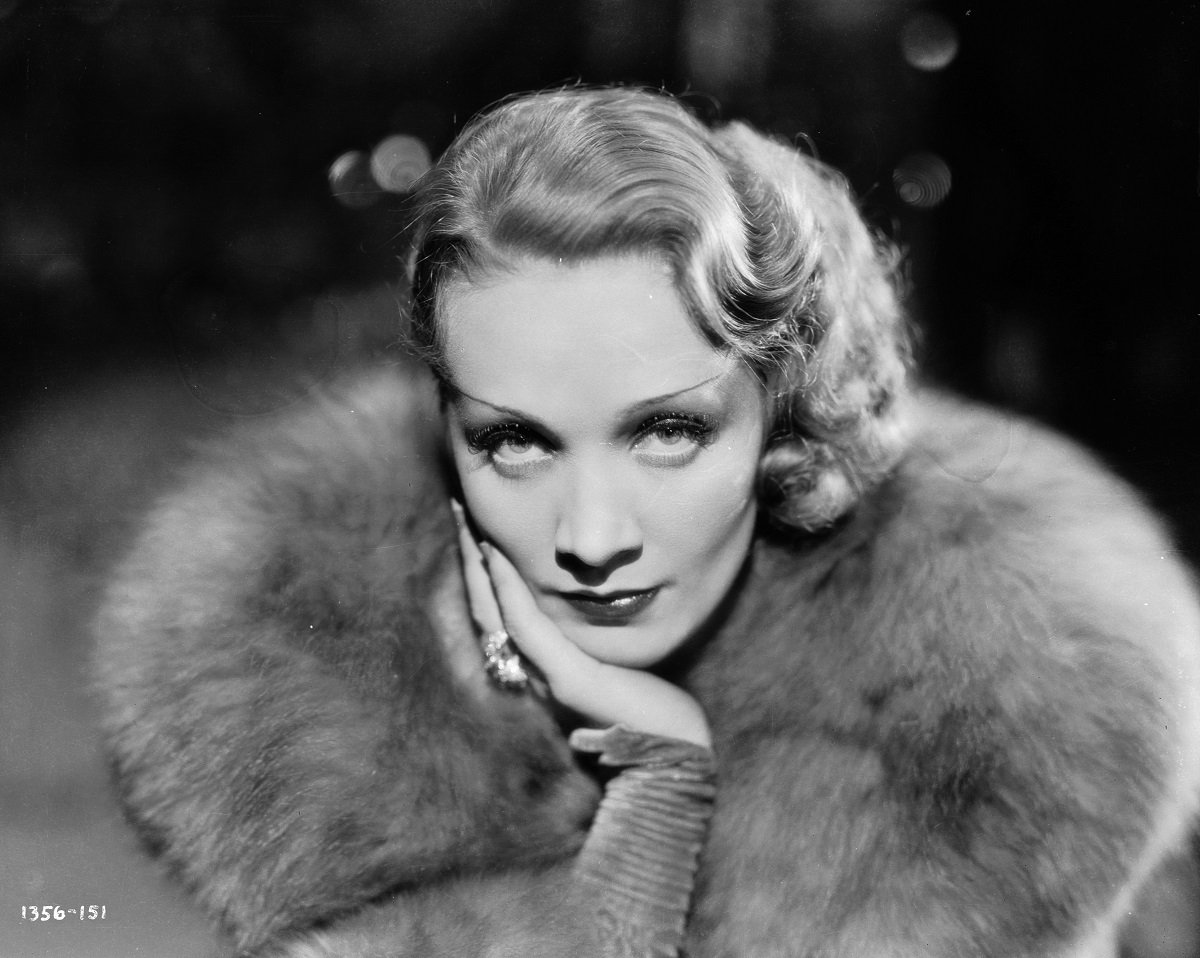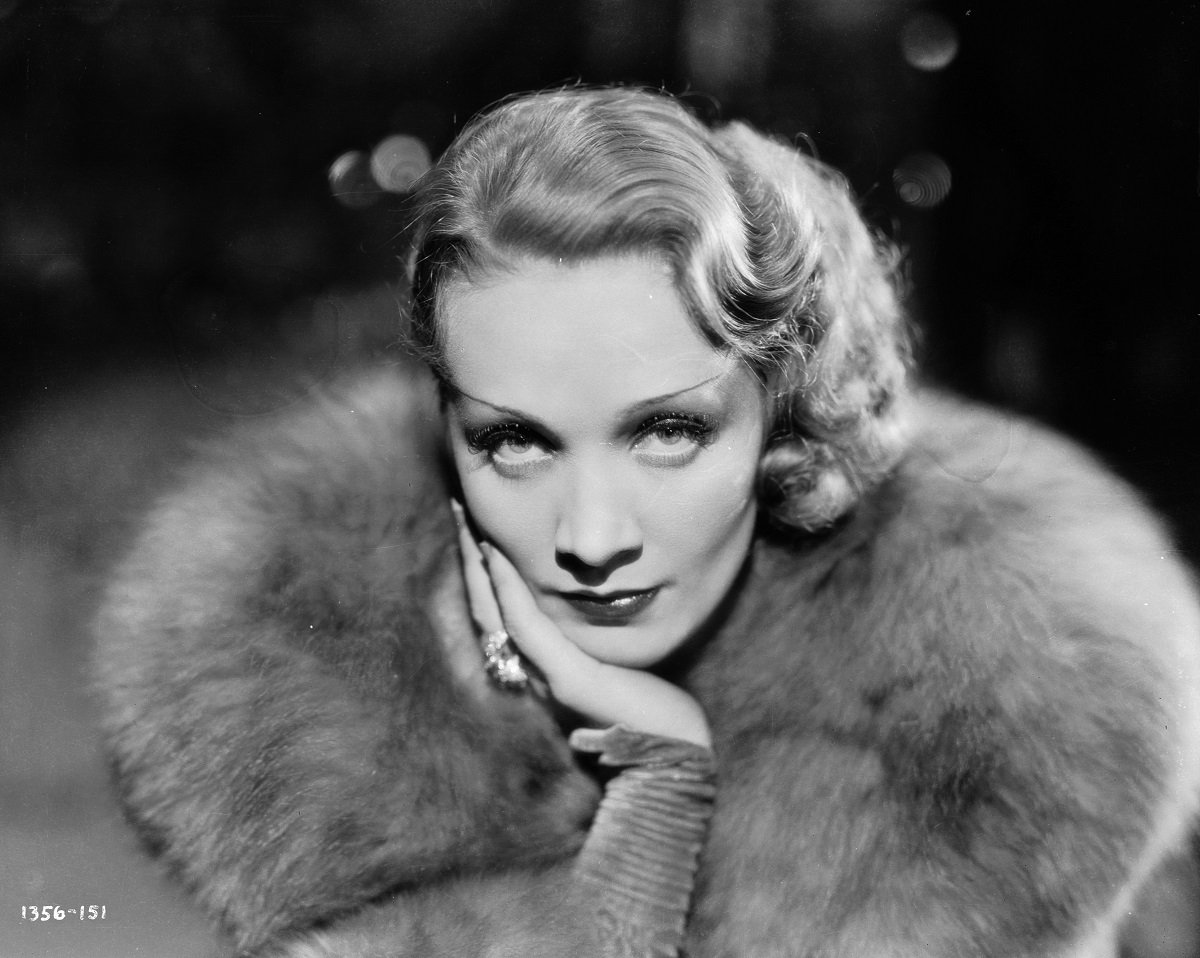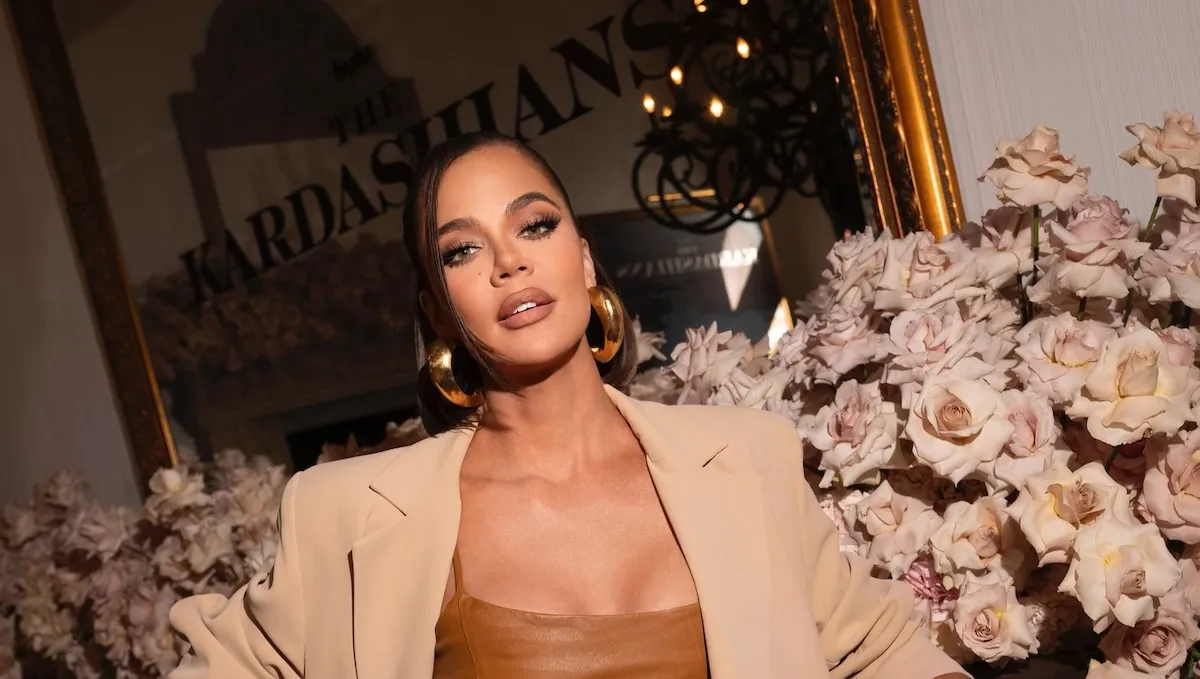
How Marlene Dietrich Covered Up Her Bisexuality in Old Hollywood
The golden age of Hollywood may be over. But movie fans will probably never be tired of hearing about it. Now, a new memoir from the late Paul Newman sheds light on hundreds of old Hollywood secrets. One thing that has already been revealed is that cinema star Marlene Dietrich was bisexual. She’s not the only movie star to cover up her sexuality in order to thrive in show business, but she may be the only one who tried to make space for lesbian and bisexual women in the industry.
Marlene Dietrich earned her legendary status

According to IMDb, Dietrich got her start in Cabaret shows in the 1920s. By the 1930s, she was making history in Hollywood movies. Just a few years after getting her start on stage, Dietrich was nominated for an Academy Award. Morocco came out in 1930. Although Dietrich didn’t take home the statuette for Best Actress, the nomination was an impressive way to start a long career.
In 1958, Dietrich earned another impressive nomination, this time for a Golden Globe. She was considered for the award thanks to her role in Witness for the Prosecution. In 1960, Dietrich was given a long overdue star on the Hollywood walk of fame.
In many ways, Dietrich has never been properly recognized for the work she did on screen, or off. She lived a long life, dying at 90 years old in 1992. Her last role was in 1978, after 40 years in film.
Dietrich was more than just on-screen talent. She was a progressive figure on the Hollywood scene, and she was out to make change, even if she had to do it quietly.
Unfortunately, Marlene Dietrich had to hide her sexuality
According to BuzzFeed, Dietrich’s sexuality was a non-secret. Being openly bisexual just wasn’t an option at the time. Audiences would have never accepted Dietrich as a star if she lived her life out of the closet.
But all of Hollywood knew that Dietrich was bisexual, and for the most part accepted it. She may have had an affair with her Shanghai Express co-star, Anna May Wong. In order to hide her sexuality, Dietrich referred to meetings with female romantic partners as “sewing circles.”
According to BuzzFeed, however, these “sewing circles” quickly became code for gatherings of lesbian and bisexual women in Hollywood. Dietrich created a place where women could go to meet other women, without fear of public reprisal.
Dietrich was out to make change, but she was forced to do it quietly. No one made a fuss about Dietrich’s “sewing circles,” just like no one made a fuss when she had the first on-screen female-on-female kiss.
Marlene Dietrich made history with ‘Morocco’
In 1930, a young Dietrich landed the role of a lifetime in Morocco. She played a character much like herself, a stage performer named Mademoiselle Amy Jolly.
As part of the movie, Jolly performed on stage in a black tuxedo and matching top hat. Jolly walks into the audience and kisses a female audience member on the lips. Under the guise of her character, Dietrich got away with something truly groundbreaking. She was able to show audiences the first on-screen female-on-female kiss.
Dietrich didn’t win the Academy Award for Best Actress for Morocco, but her groundbreaking kiss will live on in history forever. Now that Newman’s memoirs will highlight her contributions to Hollywood, Dietrich may finally get the recognition she deserves.


